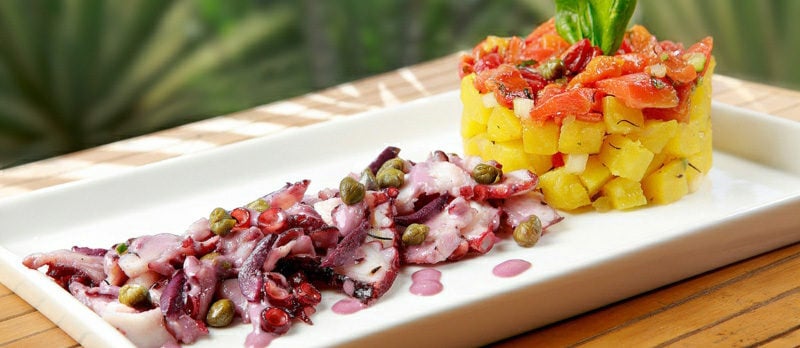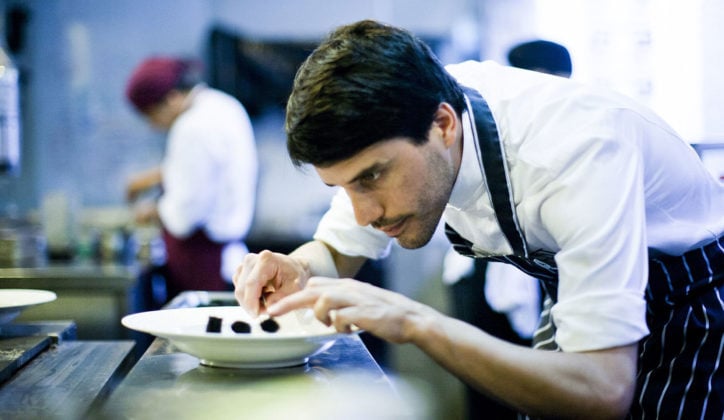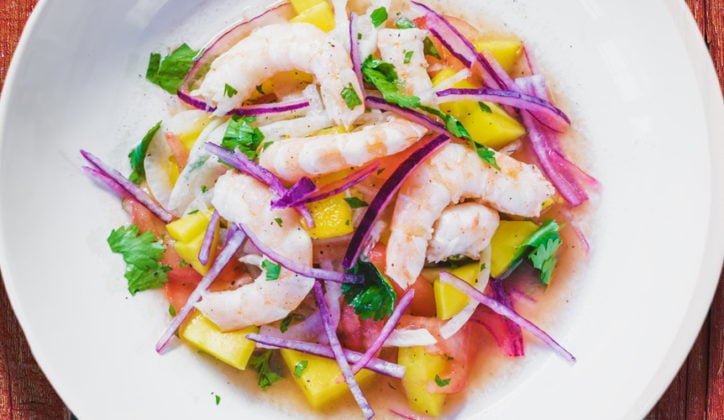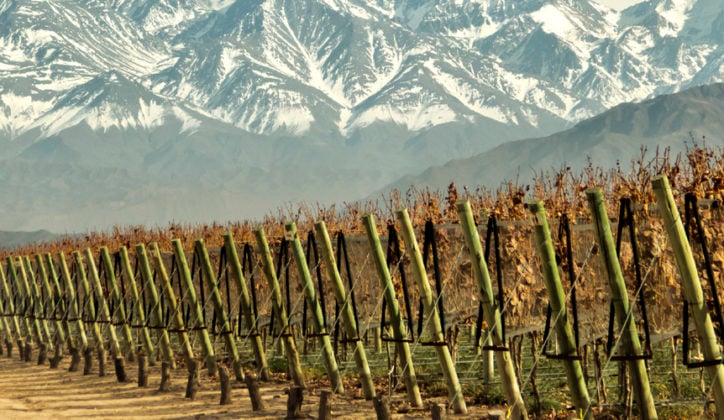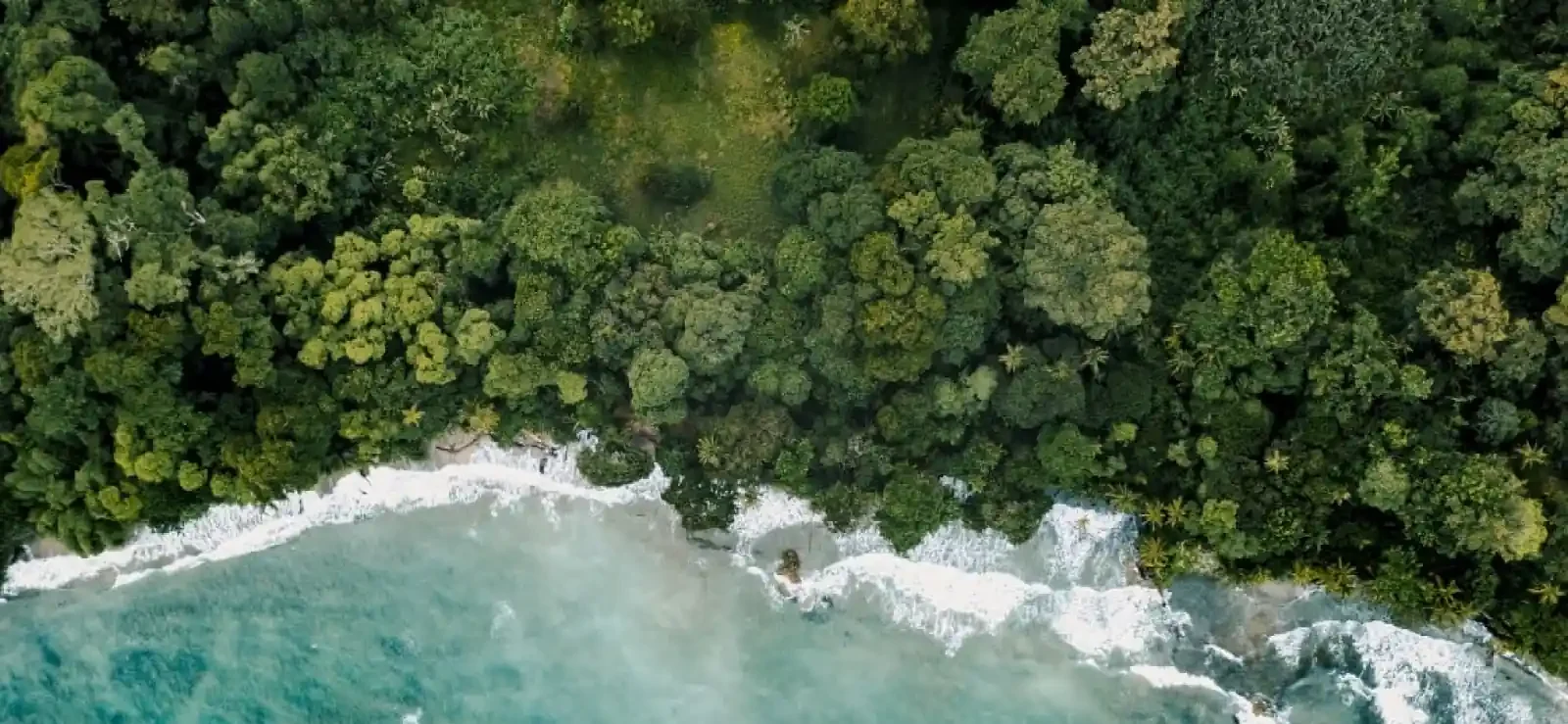Published on: October 23rd, 2017
Last updated: February 16th, 2024
Considered to be the foodie capital of South America, Lima is full of incredible food and dining experiences.
Sometimes it can be difficult to know where to begin, as there are so many Peruvian must-haves to discover.
Here are our top tips for enjoying the city’s food scene like a local, with our travel experts' pick of where to eat in Lima.

1) Learn the lingo
Knowing your lomo saltado from your anticuchos is essential for showing the locals that you know how to eat like they do. A few of the must-knows:
Ceviche – probably the most well-known traditional Peruvian dish, there are endless variations. Generally, it’s made with small chunks of white fish marinated in lemon or lime juice, onions and chilies, and served with sweet potatoes and Peruvian corn. Like a local, you should eat it at lunch.
Tiradito – another marinated fish or seafood dish, except unlike ceviche, the fish is cut into strips and marinated without onions. The marinade (a citrus base with chilies and a few other spices) is popularly referred to as tiger’s milk.
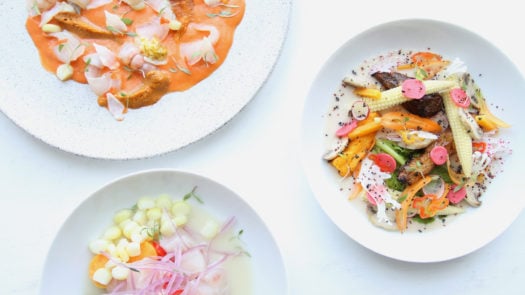
Lomo saltado – a classic dish that you can expect to find in most restaurants, lomo saltado is made of strips of steak sautéed in soy sauce, vinegar, spices, onions and tomatoes and served over rice with chips.
Anticuchos – found in street food stalls as much as in restaurants, anticuchos means ‘skewered meat’. It’s definitely worth asking what type of meat it is before you order, as one of the most popular types is beef hearts (known as anticuchos de corazon).
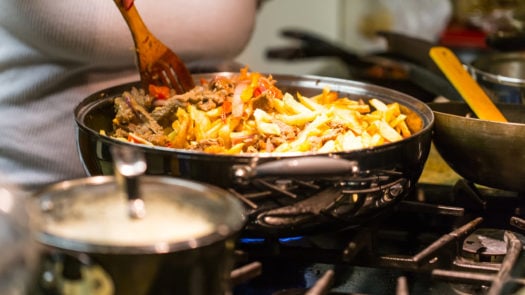

2) Know your cuisines
One of the coolest things about the Peruvian food scene is the influence that it takes from other parts of the world. Your main need-to-knows are chifa and nikkei cuisine.
Chifa – Chifa is the word used to described Chinese-Peruvian food (its name comes from the words ‘chi’ and ‘fan’ which mean to eat rice or have a meal in Mandarin). Influenced originally by Chinese immigrants who came to Peru in the mid-19th century, it is now one of Peru’s most popular cuisines. Lima’s Chinatown has a variety of great chifa restaurants (around 6,000 to be precise!) to try from; Madam Tusan Lima is one of the more well-known.
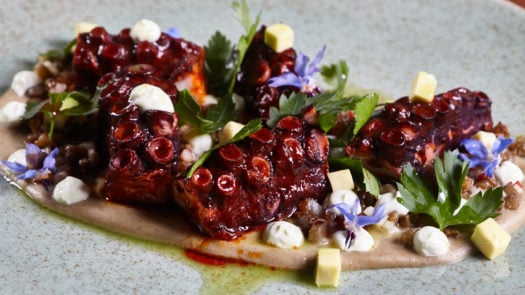
Nikkei – Japanese-Peruvian fusion influenced by Japanese immigrants who came to Peru on work contracts in the late 19th century. Many of them stayed long term and began mixing their cooking with the flavours and methods of traditional Peruvian food, which came to define nikkei as it’s known now. In Lima, restaurants like Maido (a World Top 50) are world-renowned for their nikkei cuisine.
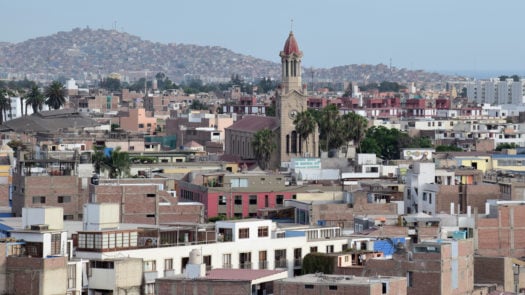
Comida criolla is the phrase used to describe traditional Peruvian cuisine, where you can expect lots of potatoes (of which there are over 3,000 types in Peru), corn, soups and stews, cooked with a variety of spices (aji pepper, coriander, mint and basil to name a few). Isolina, Fiesta and Kapallaq are some of the more well-known restaurants to enjoy traditional Peruvian fare in Lima.
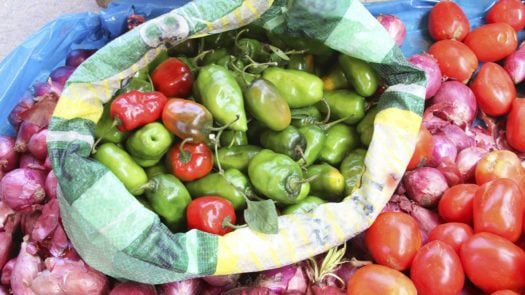
On the more contemporary side, Astrid & Gaston, El Mercado, IK and La Picanteria offer a more updated take on classic dishes. Visit Latin America’s number one restaurant, Central, for a delectable journey through unique, delicate and incredible Peruvian cuisine.
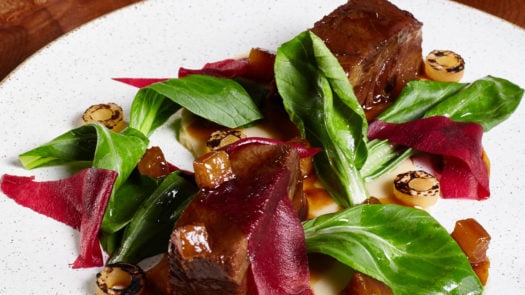

3) Go traditional
The best way to discover a new culture is to get a taste of something traditional. In Peru, that means chomping on some cuy, another dish that you may see a lot on traditional menus. Once enjoyed by Incan royalty, cuy – or guinea pig – has been a staple in Peru for centuries. It’s most commonly served cut into small pieces and marinated, though it’s not uncommon to see the entire animal served on a platter. Either way, it’s delicious.
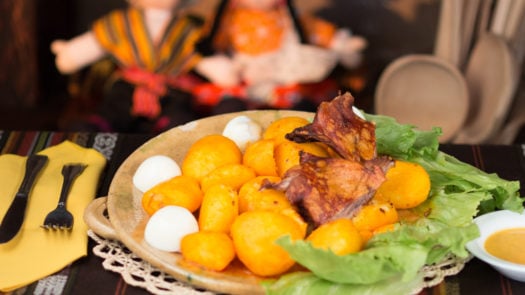

4) Drink like a local as well!
No trip to Lima is complete without throwing back a few traditional Peruvian drinks. Pisco sour is probably the most well-known cocktail from the country. It’s a mixture of pisco (a colourless brandy made in the wine-making regions of Peru and Chile), lemon juice, icing sugar and egg whites. Most often drunk as an appetiser, this South American classic is deliciously sweet and sour, and extremely easy to knock back.
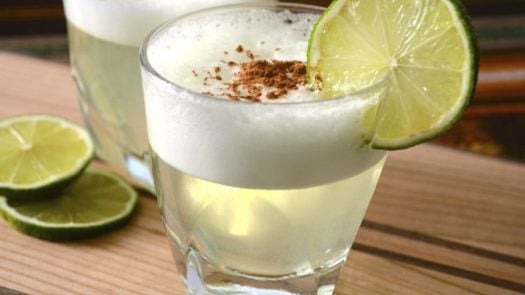
We recommend heading to Bar Restaurante Cordano, one of Lima’s oldest bars, to enjoy a pisco in the same place that’s previously played host to numerous artists and presidents. For those of you looking for something a little less alcoholic, Inca Kola (also known as ‘the drink of the gods’) is a sweet, fruity soft drink with a trademark bright yellow colour. Interestingly, it’s the only soft drink to outsell Coca Cola in Peru, so you’ll look and feel like a real local with a bottle of that in hand.
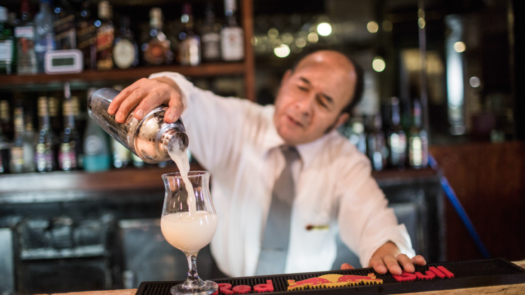
Our top example trips for dining in Lima
Talk to one of our expert travel designers and start creating your culinary adventure trip to Peru.
